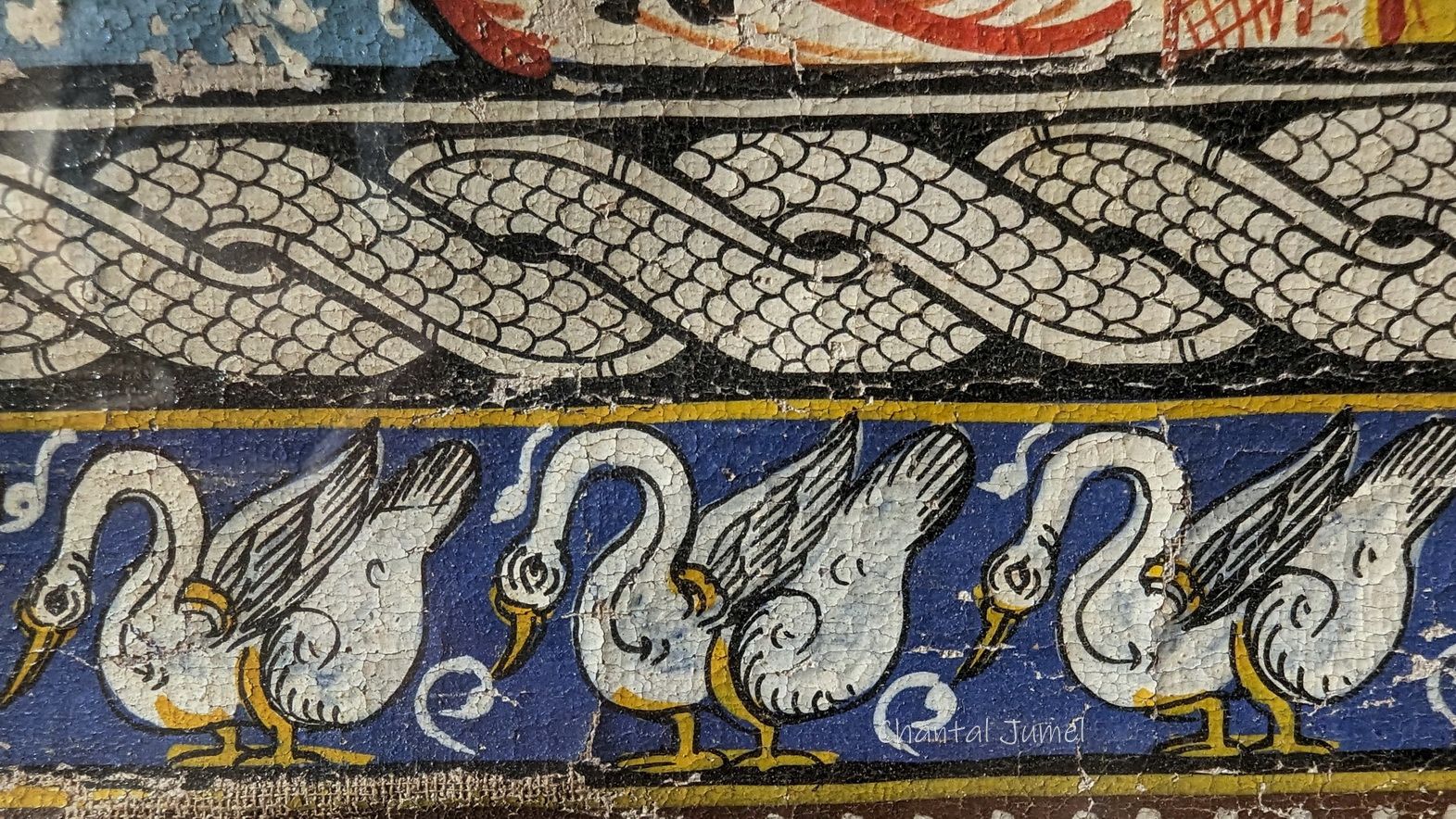Odisha chita/jhoti, "Arts and Crafts in Bhubaneswar, " — part 1
After three years of seclusion at home, drawing, writing, editing videos and photographs, frustration finally gave way to the joy of travelling to India again. I had planned to document other forms of Indian murals and floor paintings, but to my surprise, I was offered a research trip to Odisha.

